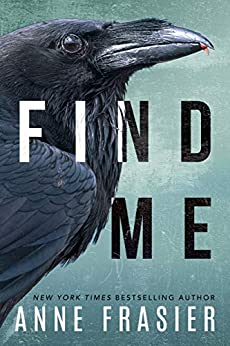More on this book
Community
Kindle Notes & Highlights
He’d been summoned (summoned was the only way to put it) by inmate Benjamin Wayne Fisher, also known as the Inland Empire Killer.
Proponents of “the Wayne Theory,” as it was known, had determined that 0.41 percent of convicted murderers had the middle name of Wayne.
Fisher had taught psychology on the outside, further proof people went into certain fields in order to try to figure out their own psychoses.
Fisher wouldn’t get the needle until he shared where he’d disposed of his victims.
People wondered what it was about California that produced so many serial killers. It had the inauspicious distinction of having more serial kills than any other state, and also some of the most notorious killers.
His words were an example of how narcissists, with their lack of empathy, didn’t think others were impacted by life in the same way.
When she was a child, her father had used her as bait to lure young women to their deaths.
It was harder for beautiful people like him to get old because they had so much further to fall and so many adjustments to make, going from a world where things came easy because you were so damn dazzling, to a world where you had to fight to prove you were even average.
He theorized three things were necessary for a subject to become a serial killer. One, an aggressive gene he called the warrior gene. Two, inactivity or damage or malfunctioning of the temporal and frontal lobes, which could be determined in a functional MRI. And three, early abuse that took place right after birth.
Abuse came wrapped in different packages, and indifference to a partner’s pain was one of them.
There was no starting over for most people. That was a misconception. Unless a person’s memory could be erased, there were no fresh starts, only progression.
She couldn’t hold back reality, and she suddenly understood how people cut themselves because it seemed like more pain was the only thing that might stop what she was feeling.


